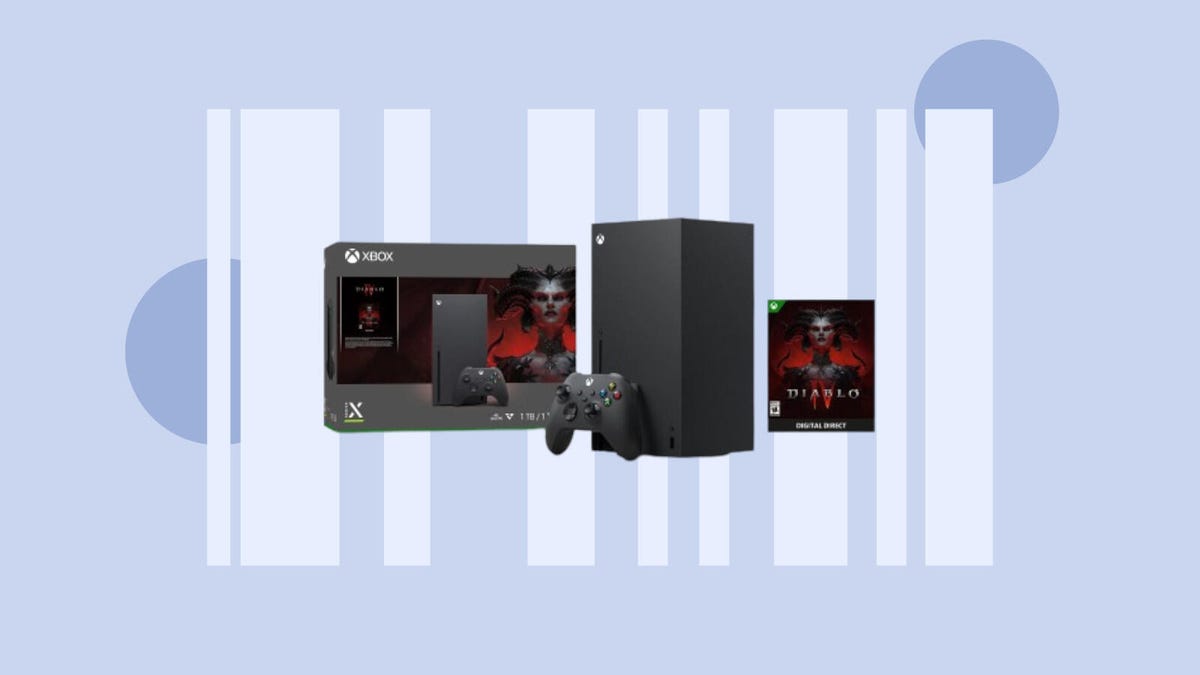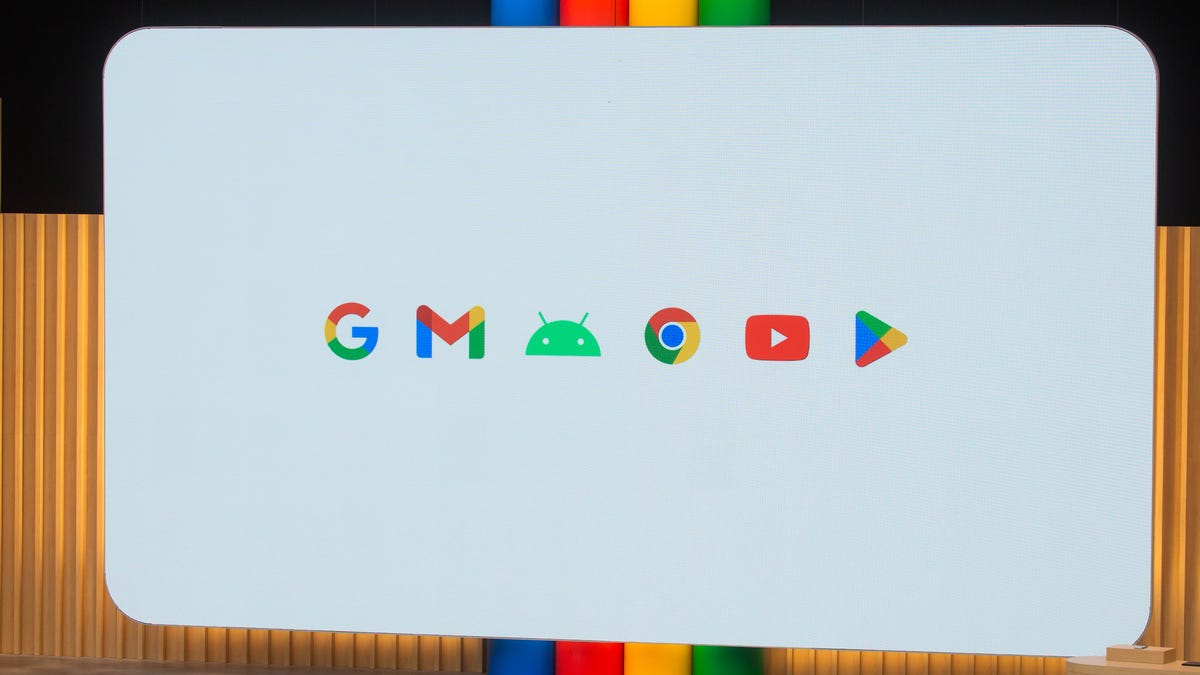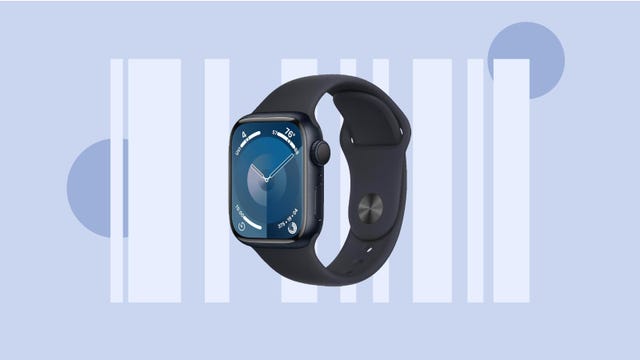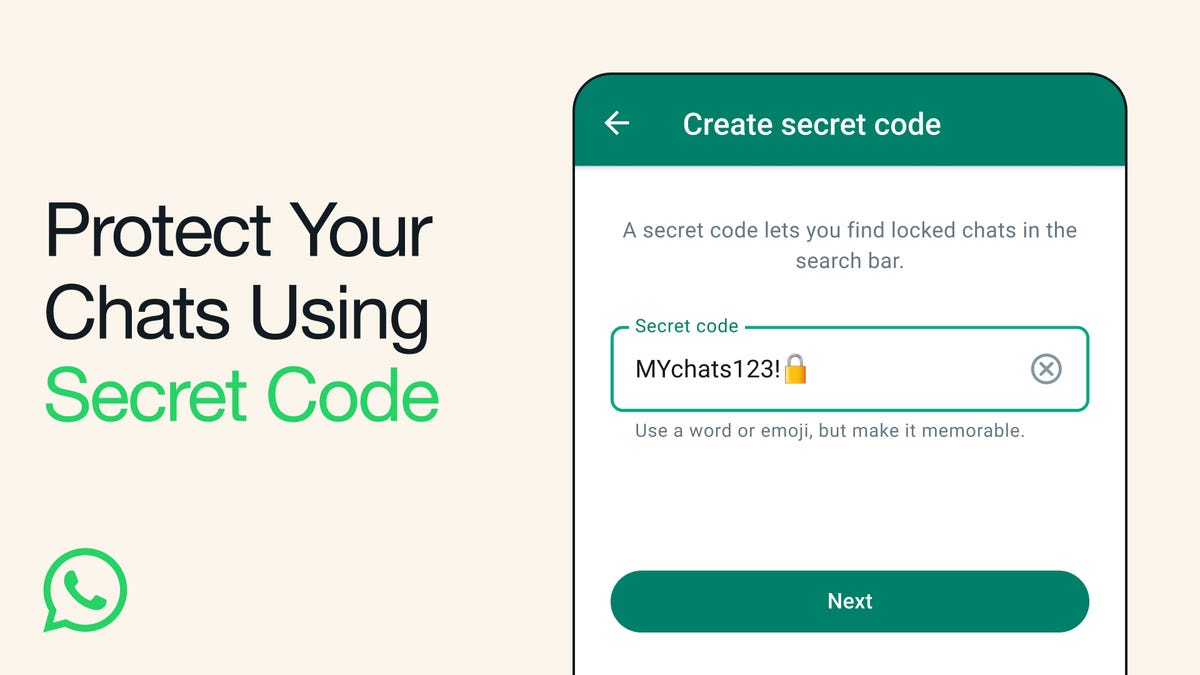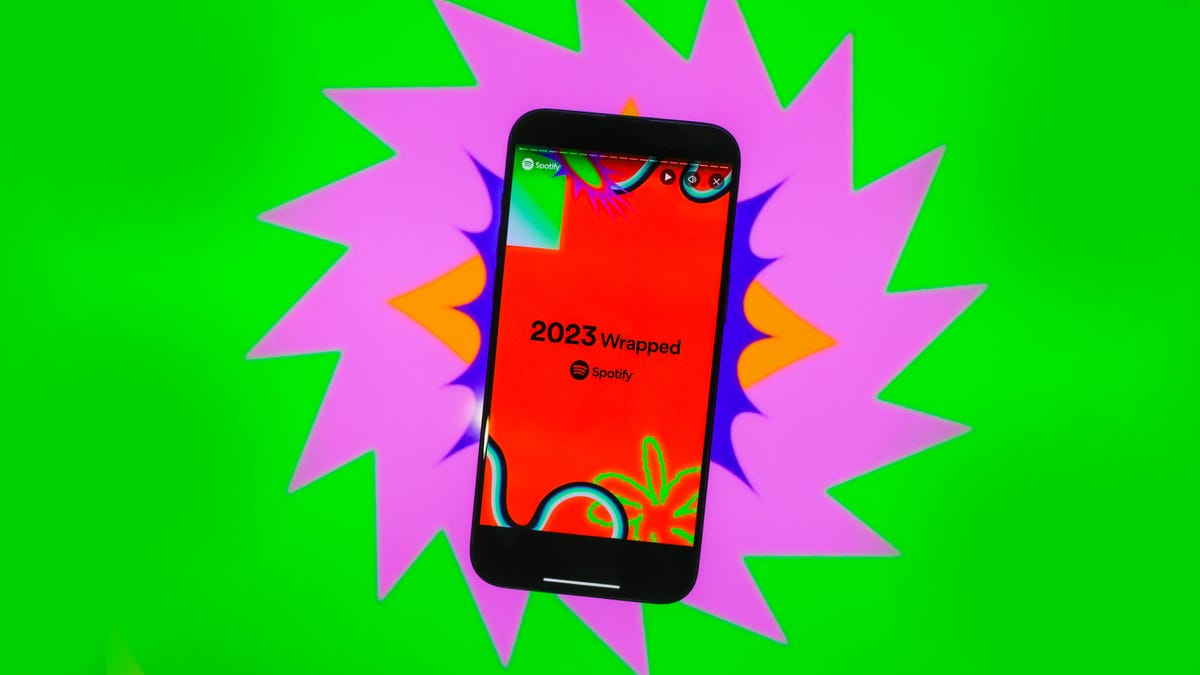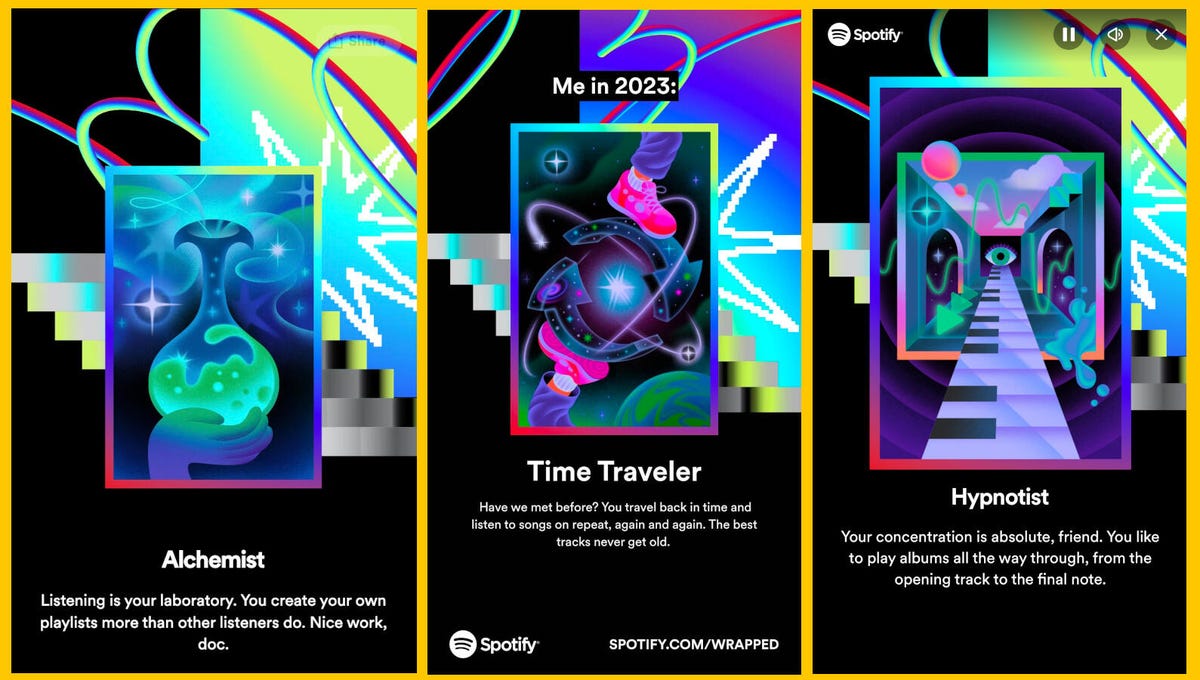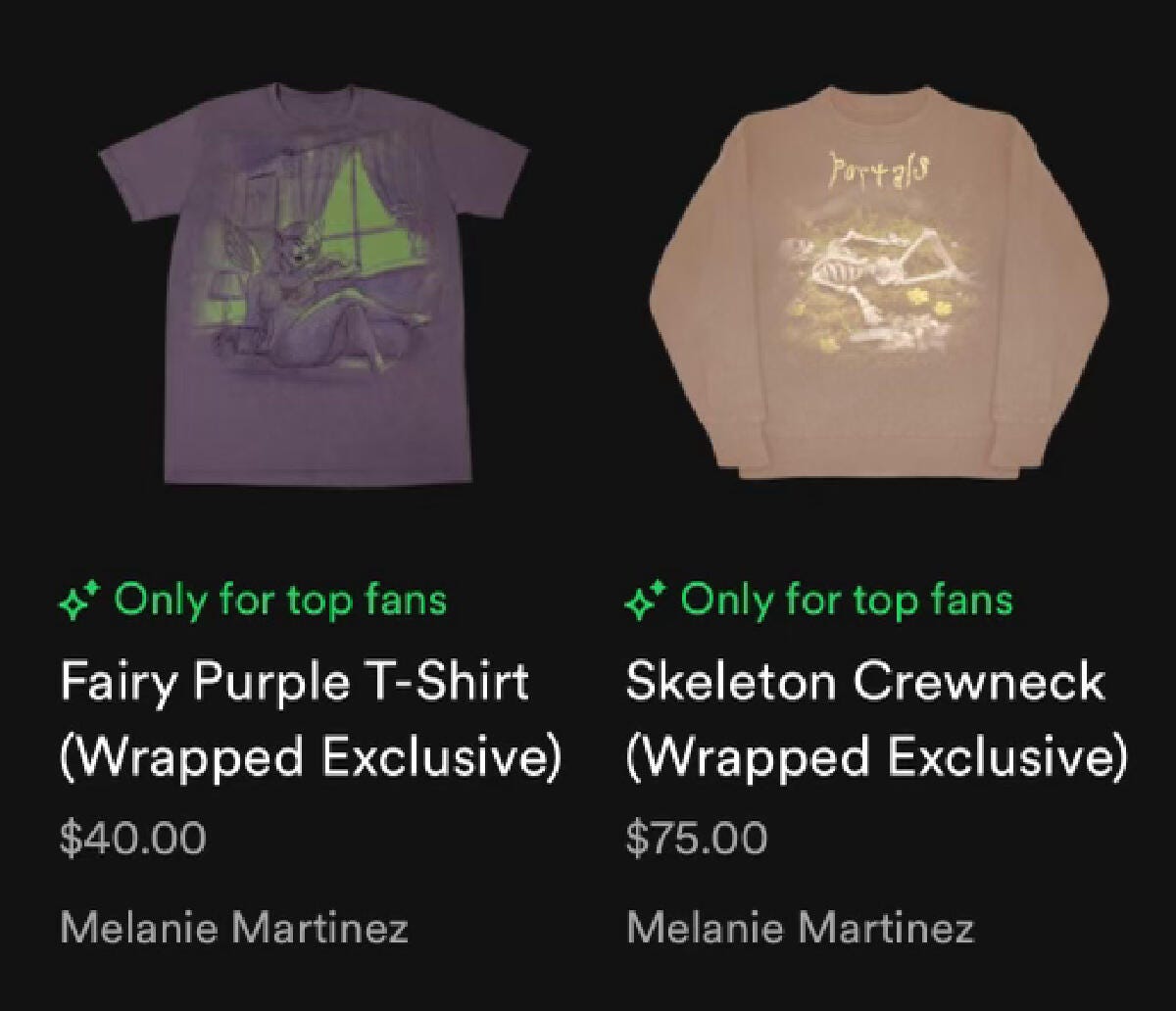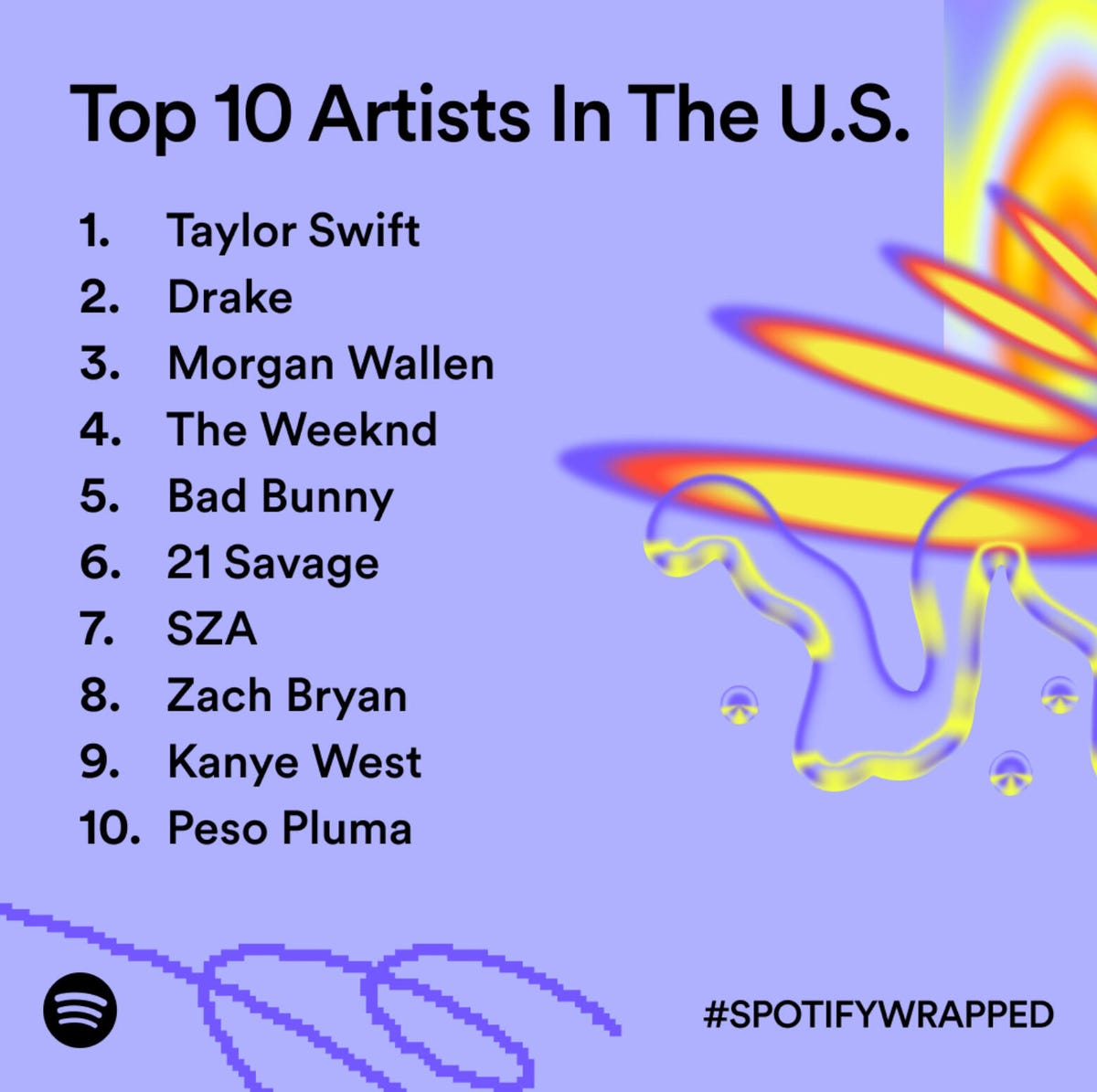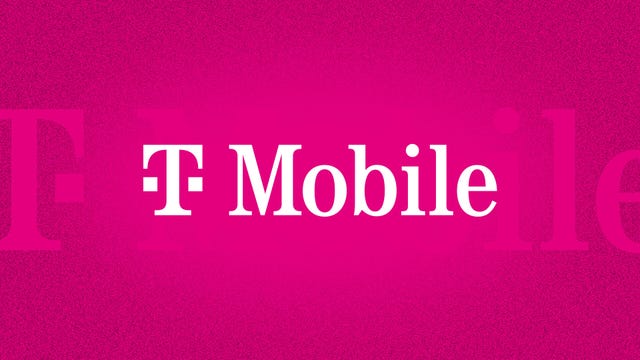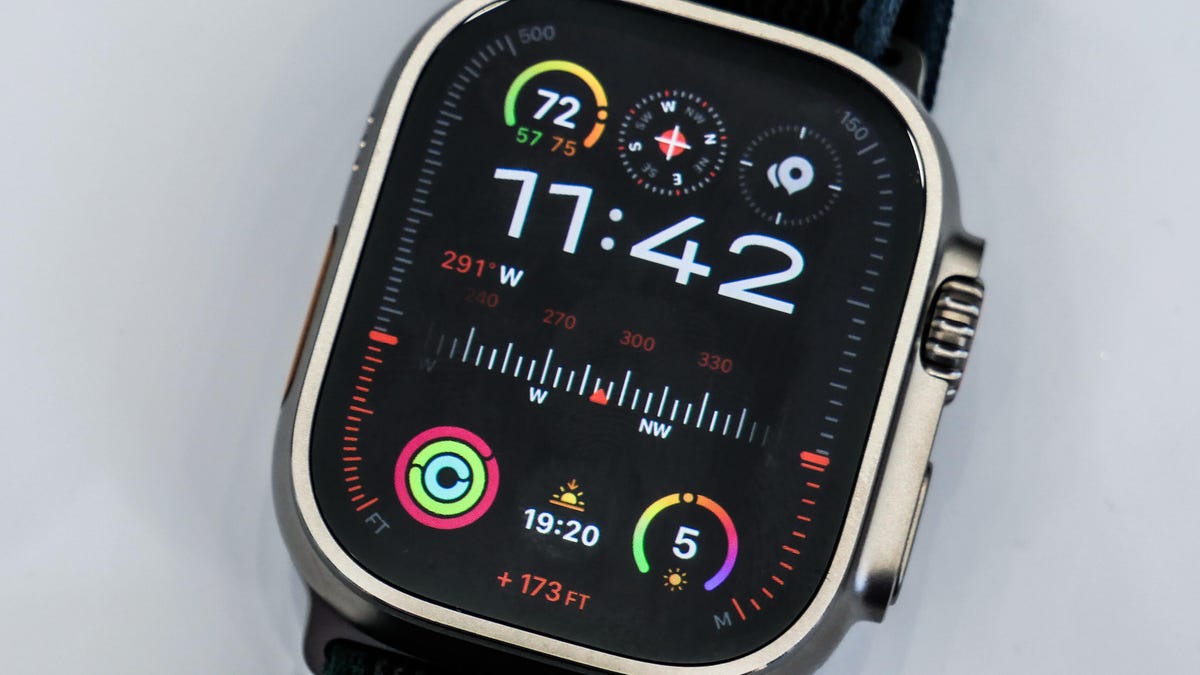Whoever invented Spotify Wrapped deserves a raise. The day that the music-streaming site releases its annual Spotify Wrapped lists is practically a musical holiday, setting off sharing and discussion among users, and certainly creating the desired buzz the company wants. This year, Spotify added a new feature and tweaked another — but not all users were given those new features.
Here’s a look at what’s offered, how to watch and rewatch, what’s new this year and why the new features might not have showed up in your personal Spotify Wrapped.
Spotify Wrapped basics
You probably already have a sneaking suspicion, or super-strong feeling, about which artist or bands you listened to the most this year. But the fun of Spotify Wrapped is getting to confirm that, and maybe cringe if an uncool artist wrangled their way into your top five — or feel superior if your artists are all eclectic indie stars about to break out big. Hey, you knew them first.
Spotify Wrapped tells you how many songs you listened to in 2023, and goes into detail about the one you listened to most, including number of times you played that song and even the date you first listened to it. It also assembles a playlist of your top songs.
You can see how many minutes you listened to music and podcasts on Spotify this year and which day you tuned in for the longest amount of time. What exactly was I doing on May 8, anyway, that I had so much time to rock out?
The roundup lists how many different artists you listened to this year, and of course, highlights the musician who came out on top. Some artists, including Taylor Swift, Ed Sheeran and Coldplay, have also recorded short thank-you videos that pop up in your Wrapped roundup. You’re shown a list of your five top artists, plus, for some reason, the month that you listened to them the most. And for your top artist, it ranks you in their fandom, telling you if you’re in the top 20% of Taylor Swift listeners, for example.
Spotify also makes a list of your top five songs and tells you your preferred genre. Mine was simply “pop,” because I’m a Gen X mom. My Gen Z daughter’s was something called “pov: indie,” because she’s way hipper than I am.
New for Spotify Wrapped 2023: Sound Towns
Where do you live? No, not your address but musically. This year, Spotify Wrapped is assigning some listeners a Sound Town, which is a city somewhere in the world that supposedly matches your listening style. Sound Town should appear as the third entry for eligible users in their personalized Wrapped experience, beginning with “This year, your listening took you places…”
College towns, such as Eugene, Oregon, and Burlington, Vermont, were popular, but the US was far from the only country represented. Sound Towns were globally chosen, apparently, coming from Canada, India and Colombia, among other places.
Hey! Why didn’t I get a Sound Town?
I wasn’t assigned a Sound Town, and that’s because that not everyone’s listening habits make it easy to assign them a place.
To be eligible for a Sound Town, you have to have at least three top artists who “over-index” in a particular city, meaning that they have a larger-than-average presence there.
‘Me in 2023’ is also new to Spotify Wrapped
Spotify will also assign you a title for “Me in 2023,” based on your streaming habits.
The Me in 2023 streaming habits come from a list of 12 “characters,” including the vampire, the hypnotist, the time traveler, the fanatic and more. Each card summarizes that character’s listening habits, such as luminary (you play light, upbeat music more than others), alchemist (you create more playlists than others) and shapeshifter (you’re quick to move from one artist to the next).
Hey! Why didn’t I get a Me in 2023?
As with Sound Town, not everyone’s listening habits qualify them for an assigned Me in 2023 personality. For Me in 2023, users must meet criteria for at least one of the 12 characters.
As each character is unique, each Me in 2023 character has different requirements. For example, to receive the alchemist, a user must have at least 10 public playlists. If you don’t fit any of the criteria, your Wrapped roundup won’t assign you a character at all. (You’re not alone — I have no character and no Sound Town.)
Deals on exclusive merch
Because capitalism rules, and Spotify knows what a blockbuster of a thing it’s got going with Wrapped, there are now ways to shop your yearly roundup. In the Spotify app, you can scroll down past the promotion for Wrapped, collected thank-you videos from your top artists and other related items to a section labeled, “Merch from your 2023 faves.”
You might see a special deal on an album, or even a shirt or other item that’s labeled a Wrapped Exclusive. My daughter, a big Melanie Martinez fan, was offered links to buy a T-shirt and sweatshirt that were both marked as being “only for top fans.” Or you might see albums or items marked down if you’re a top fan.
AI DJ gets involved in Spotify Wrapped 2023
Spotify’s AI DJ, a personalized “host” that talks users through their favorite songs, also gets involved with Wrapped this year. For a week, the AI DJ will offer you commentary and playlists based on your Wrapped list. Fun tip: The DJ voice is modeled on that of Spotify’s head of cultural partnerships, Xavier “X” Jernigan.
How to share your results
Want to share your Spotify Wrapped on social media, and show your entire crowd what an Alex G fan you are? It’s simple to do.
Once you’ve watched your Wrapped roundup, as you flick through your Wrapped report again, the option to share will show after certain stats about your listening. You can just click that “share” button to download your result, or post it directly to common social-media apps. We have a guide to how to share and customize your Spotify Wrapped results.
How to watch your Spotify Wrapped again
You can go back and rewatch your Spotify Wrapped roundup as many times as you want. If you prefer the app, just open that and you should see a giant colorful promo that you can click on to replay the whole thing.
You can also go to Spotify Wrapped on the web and replay your roundup there.
YouTube Music Recap and Apple Music Replay
Not everyone listens to Spotify, of course, and other streaming services have similar year-end lists. CNET has a guide to music streaming services, including Spotify, Apple Music, Amazon Music and others. (But Spotify still tops our recommendations.)
Other music services do yearly wrapups. The YouTube Music Recap just came out on Thursday, and the Apple Music Replay came out Tuesday, beating Spotify Wrapped by one day. But nonmusic companies are in on the fad, too.
The Nintendo Switch has featured a look at your year in gaming, and Strava and Fitbit have offered similar looks at your fitness year.
But possibly the weirdest one came from the world of fast food. For the last two years, MyMcDonald’s Rewards members were sent a customized email rounding up their year in McD food and assigning them a “fan persona.”
Spotify’s most streamed artists and songs of 2023
Who’s No. 1 overall for Spotify Wrapped this year? It’s me, hi, I’m the problem it’s me. Or her. It’s Taylor Swift, with more than 26.1 billion global streams. Here are some stats from Spotify.
Most-streamed global artists
- Taylor Swift
- Bad Bunny
- The Weeknd
- Drake
- Peso Pluma
Most-streamed US artists
- Taylor Swift
- Drake
- Morgan Wallen
- The Weeknd
- Bad Bunny
Most-streamed global songs
- Flowers, Miley Cyrus
- Kill Bill, SZA
- As It Was, Harry Styles
- Seven, Jung Kook featuring Latto
- Ella Baila Sola, Eslabon Armado and Peso Pluma
Most-streamed US songs
- Last Night, Morgan Wallen
- Kill Bill, SZA
- Flowers, Miley Cyrus
- Ella Baila Sola, Eslabon Armado and Peso Pluma
- Boy’s a liar, Pt. 2, Pink Pantheress, Ice Spice
Most-streamed global albums
- Un Verano Sin Ti, Bad Bunny
- Midnights, Taylor Swift
- SOS, SZA
- Starboy, The Weeknd
- Mañana Será Bonito, Karol G
Most-streamed US albums
- One Thing at a Time, Morgan Wallen
- SOS, SZA
- Midnights, Taylor Swift
- Heroes & Villains, Metro Boomin
- Dangerous: The Double Album, Morgan Wallen
